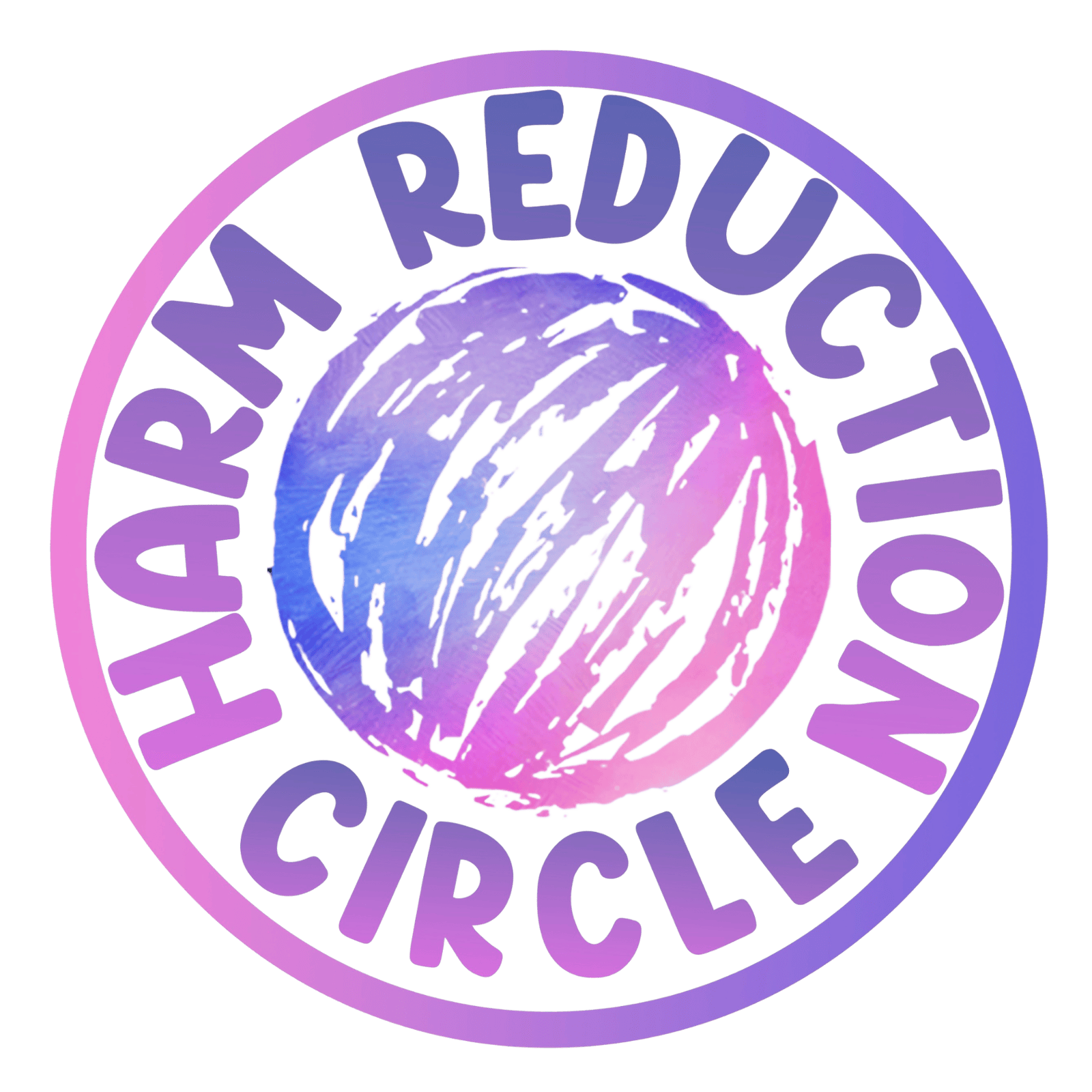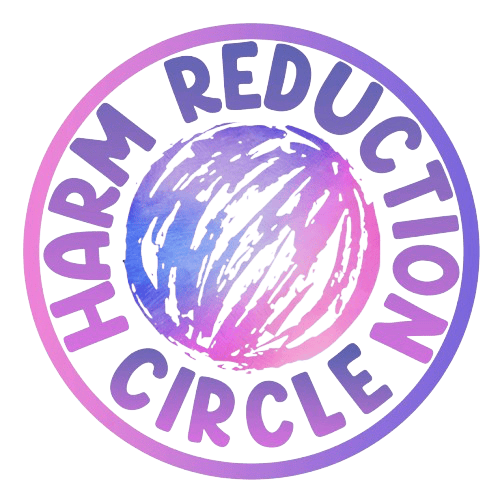Trainings & Workshops for Community Members
For promoters, venue owners, and festival operators integrating harm reduction into event planning and operations.
Harm reduction isn’t just for professionals — it’s for everyone who wants to make their community safer, more connected, and more compassionate. These trainings are designed for residents, business owners, civic leaders, neighborhood associations, and community organizations who regularly engage with people affected by substance use or homelessness.
By understanding overdose prevention, naloxone use, and the principles of harm reduction, community members can save lives and reduce stigma right where they live and work. Whether you’re a business owner who wants to support safety on your property, a concerned neighbor seeking solutions, or part of a local coalition, these sessions empower everyday people to take meaningful action.
Each training focuses on practical, real-world tools: recognizing an overdose, having supportive conversations, linking individuals to local resources, and building stronger partnerships between residents, service providers, and public safety teams. All sessions can be adapted for neighborhood meetings, community forums, business improvement districts, or faith-based settings.

